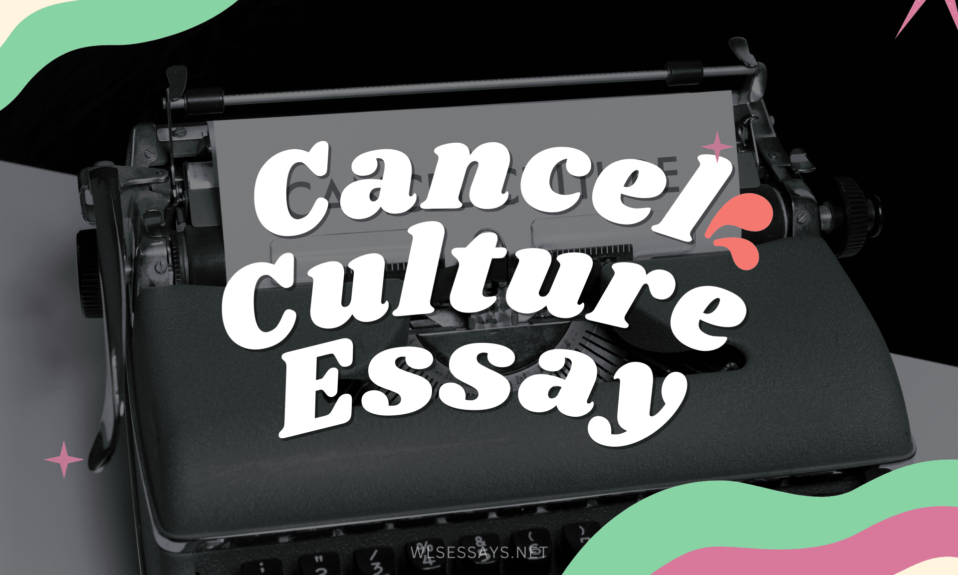In an age dominated by digital communication, social media platforms have become indispensable tools for information dissemination. However, its proliferation led to the spread of fake news and misinformation, which poses a significant challenge to the integrity of public discourse. There are multifaceted issues regarding regulating fake news on social media. Such issues prove a need for advocates for a balanced approach that combines technological innovations, user education, and responsible content moderation. Although increased regulation and moderation of fake news infringe on fundamental rights such as freedom of speech and open dialogue principles, effectively managing misinformation is vital through a comprehensive strategy integrating media literacy education, technological advancements, and responsible content moderation.
The most effective means of controlling news and preventing misinformation is through media literacy and education. Jones-Jang, Mortensen, and Liu argue that education empowers individuals to evaluate information sources critically, discern credible news from misinformation, and understand the consequences of sharing unverified content (5). Initiatives promoting media literacy can equip users with the tools needed to navigate the complex landscape of online information, fostering a more discerning online community. Evidence from ongoing debates highlights the success of educational campaigns. Countries in Europe, like the Netherlands and France, have incorporated media literacy into their national curriculum, resulting in a more informed and skeptical citizenry (Coldewey). By promoting critical thinking skills, these educational efforts contribute to society’s resilience against the harmful effects of fake news.
Advancements in technology also offer promising avenues for tackling the fake news pandemic. The industry can develop algorithm tools to identify and flag potentially misleading content, reducing the virility of false information. While algorithms are not foolproof and raise concerns about censorship, they can serve as effective initial filters, alerting users to exercise caution when encountering certain content (Schroeder). However, such technologies need caution. Striking a balance between content moderation and free speech is essential. Overreliance on algorithms may inadvertently stifle legitimate expression, necessitating a nuanced approach that combines technological solutions with human oversight.
Another approach to curbing fake news is through content moderation. Implementing robust content moderation policies can help mitigate the impact of false information. Regulatory bodies like the Federal Communications Commission can strengthen content laws. Currently, it has no control over the content released; thus, it should establish clear guidelines and invest in well-trained moderation teams to distinguish between misinformation and legitimate content (Coldewey). The ongoing debate around content moderation has highlighted challenges in striking the right balance. Critics argue that excessive moderation can infringe on free speech, while proponents emphasize the need to protect users from harmful content. Therefore, finding common ground is crucial, emphasizing transparency and accountability in content moderation processes.
Despite the evidence proven on social media and fake news, some argue that increased regulation and moderation infringe on fundamental rights such as freedom of speech and open dialogue principles. Schroeder argues that if social media is to be controlled, the government should not control it. These antagonists contend that allowing platforms to decide what is true or false might lead to biased censorship. While acknowledging these concerns, it is essential to recognize the potential harm caused by unchecked misinformation. Balancing free expression with responsible content moderation is imperative to foster an online environment where diverse perspectives can coexist without compromising the integrity of information.
Undoubtedly, regulating fake news on social media demands a multifaceted approach that combines education, technology, and responsible content moderation. By promoting media literacy, leveraging technological innovations, and implementing effective content moderation, society can navigate the challenges of misinformation while safeguarding the principles of free speech. As we grapple with the evolving nature of online communication, a collaborative effort involving users, educators, technology developers, and platform administrators is essential to foster a digital landscape characterized by accuracy, accountability, and informed dialogue.
Works Cited
Coldewey, D. “Who Regulates Social Media?” TechCrunch, © 2024 Yahoo. 19 Oct. 2020, Accessed 22 Jan. 2024, from https://techcrunch.com/2020/10/19/who-regulates-social-media/
Jones-Jang, S. Mo, Tara Mortensen, and Jingjing Liu. “Does media literacy help identification of fake news? Information literacy helps, but other literacies don’t.” American behavioral scientist vol 65, no 2, 2021, pp 371-388. https://doi.org/10.1177/0002764219869406
Schroeder, J. “Yes, It’s Time To Act Against Facebook, Just Don’t Just The Government In Charge.” South Methodist University, 2023. Accessed 22 Jan. 2024, from https://blog.smu.edu/opinions/2022/06/01/yes-its-time-to-act-against-facebook-just-dont-put-the-government-in-charge/









